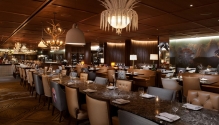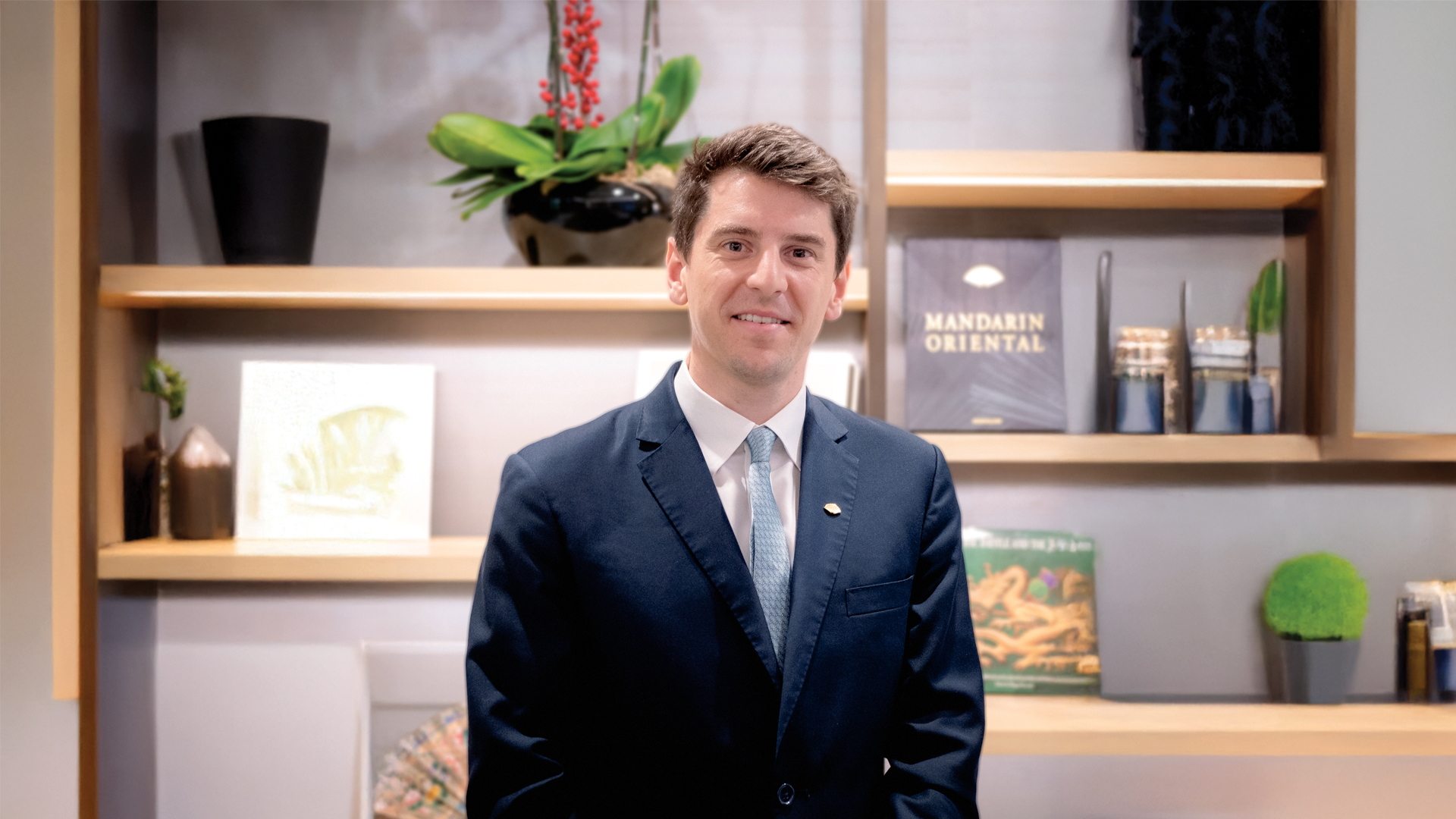India is Very Much Top of Mind For Us As a Luxury Brand: James Mabbutt
Will Mandarin Oriental finally pay heed and make it to India? James Mabbutt, Vice President, Development Asia Pacific, Mandarin Oriental Hotel Group, weighs in.
By Deepali Nandwani
James Mabbutt is the Vice President, Development, Asia Pacific for Mandarin Oriental, headlining the expansion of the Group’s portfolio of luxury hotels and residences across the Asia Pacific region. Based in Singapore since 2022, he relocated from London, where he previously led development initiatives across Europe, the Middle East, and Africa (EMEA). In his current role, Mabbutt drives strategic growth by identifying prime locations and overseeing the development of new properties that align with Mandarin Oriental’s brand standards of luxury and excellence.
Since moving to Singapore, Mabbutt has played a key role in advancing Mandarin Oriental’s footprint in Asia Pacific—a region experiencing strong demand for high-end hospitality. He is a pivotal figure in the brand’s global expansion, bringing a rare combination of financial acumen, development expertise, and cultural insight. With a background in corporate finance, Mabbutt approaches each project with vision and financial discipline, ensuring long-term viability alongside brand integrity.
I ran into James Mabbutt at HICSA 2025 quite by chance, over lunch, where we discussed everything, from Indian food to tigers and my love for the brand. An invite for a quick interview got him to the SOH media lounge for a conversation on India and its growing appeal as a tourism market for international travellers.
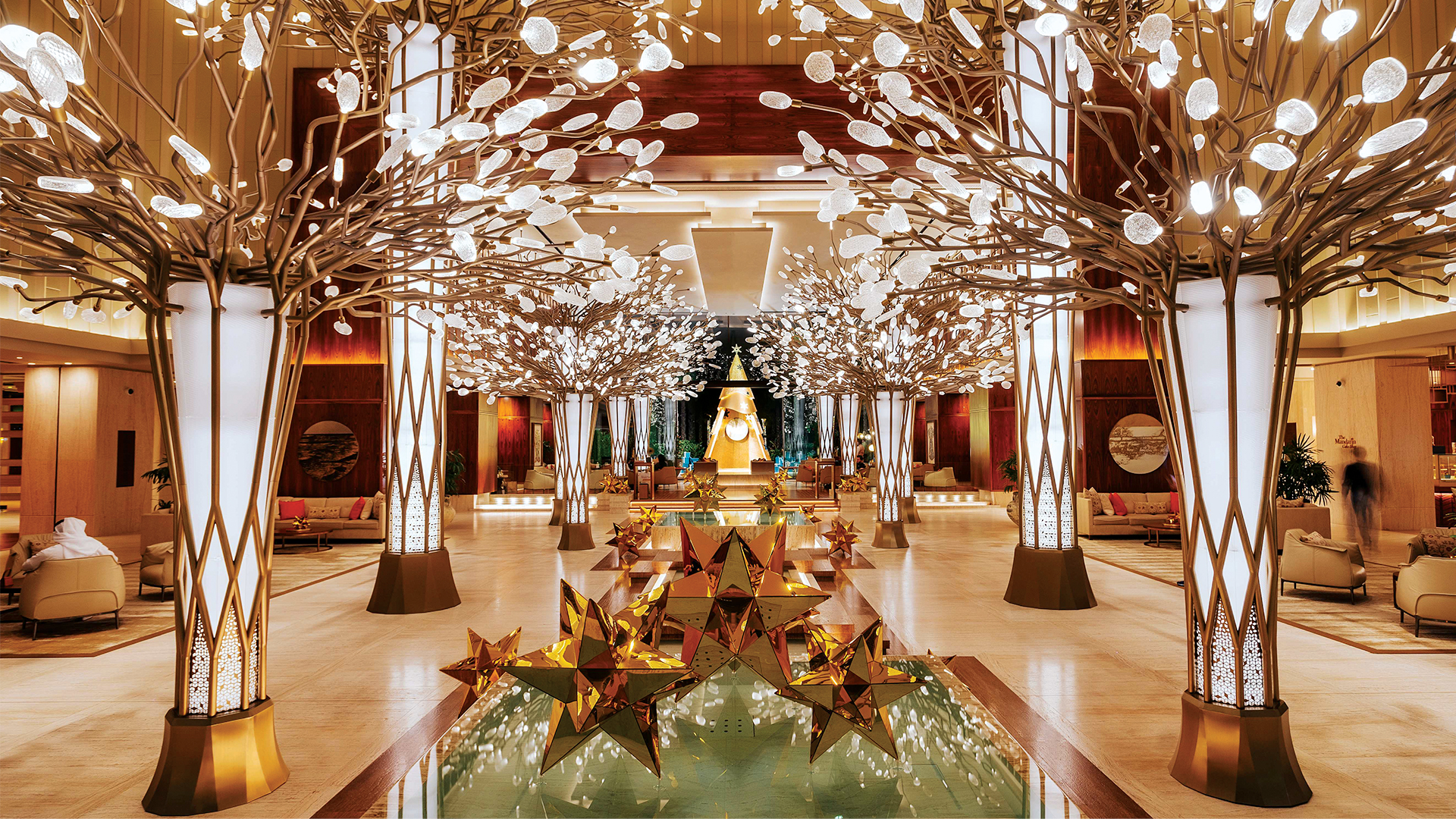
James Mabbutt, Vice President, Development Asia Pacific, Mandarin Oriental Hotel Group.
James, you’ve attended several sessions at HICSA over the last two days. What have you picked up about the Indian hospitality industry—its pulls and pushes? Did anything in particular excite you about what you heard?
What I’ve heard and seen over the last two days—the excitement for me is that the time is now for luxury hospitality in India. In particular, as we look at the statistics around the growth of the wealthy population, the rise in high-net-worth and ultra-high-net-worth individuals, the ongoing development of infrastructure, and the increasing demand—both domestic and international. We believe Mandarin Oriental, with its heritage of curating exceptional experiences and deep cultural appreciation, is uniquely positioned to contribute to and thrive within this evolving landscape.
Is there a game plan for India for Mandarin Oriental? Is this a market that excites a brand like yours?
I think the fundamentals are definitely there. The scale of ambition, the demographic trajectory and the depth of cultural heritage make India an extraordinary landscape for luxury hospitality. India is very much top of mind for us as a luxury brand. We are a one-brand company, yet we see huge potential for Mandarin Oriental in this market. Ideally, I would hope that we can have a portfolio of five or six properties across India within the next 10 years—each one thoughtfully positioned to reflect the spirit of its destination.
Have you identified any city or destination?
I think we see great potential, obviously in the key cities, where business, culture and connectivity converge—but also the resort markets, where guests increasingly seek serenity, wellness and immersive local experiences. And finally in the concept of a circuit, looking at some smaller, very experiential offerings in places of beauty.
When you're talking about circuits, particularly for international travellers, the most popular circuit is the northern India circuit—comprising Agra, Delhi, and Rajasthan. Has Mandarin Oriental identified any potential markets beyond this?
For me—and for international travellers in general— I think there’s significant potential in a Rajasthan itinerary. It offers history, architecture and regal hospitality that aligns beautifully with the sensibilities of our guests. I also see great potential in a Himalayan journey and I’m intrigued by the concept of wildlife exploration.
Beyond the well-trodden paths of Agra, Delhi and Rajasthan, we are actively exploring destinations that speak to the heart of the Indian narrative—places that allow us to offer our guests something truly transformative and quintessentially Mandarin Oriental.
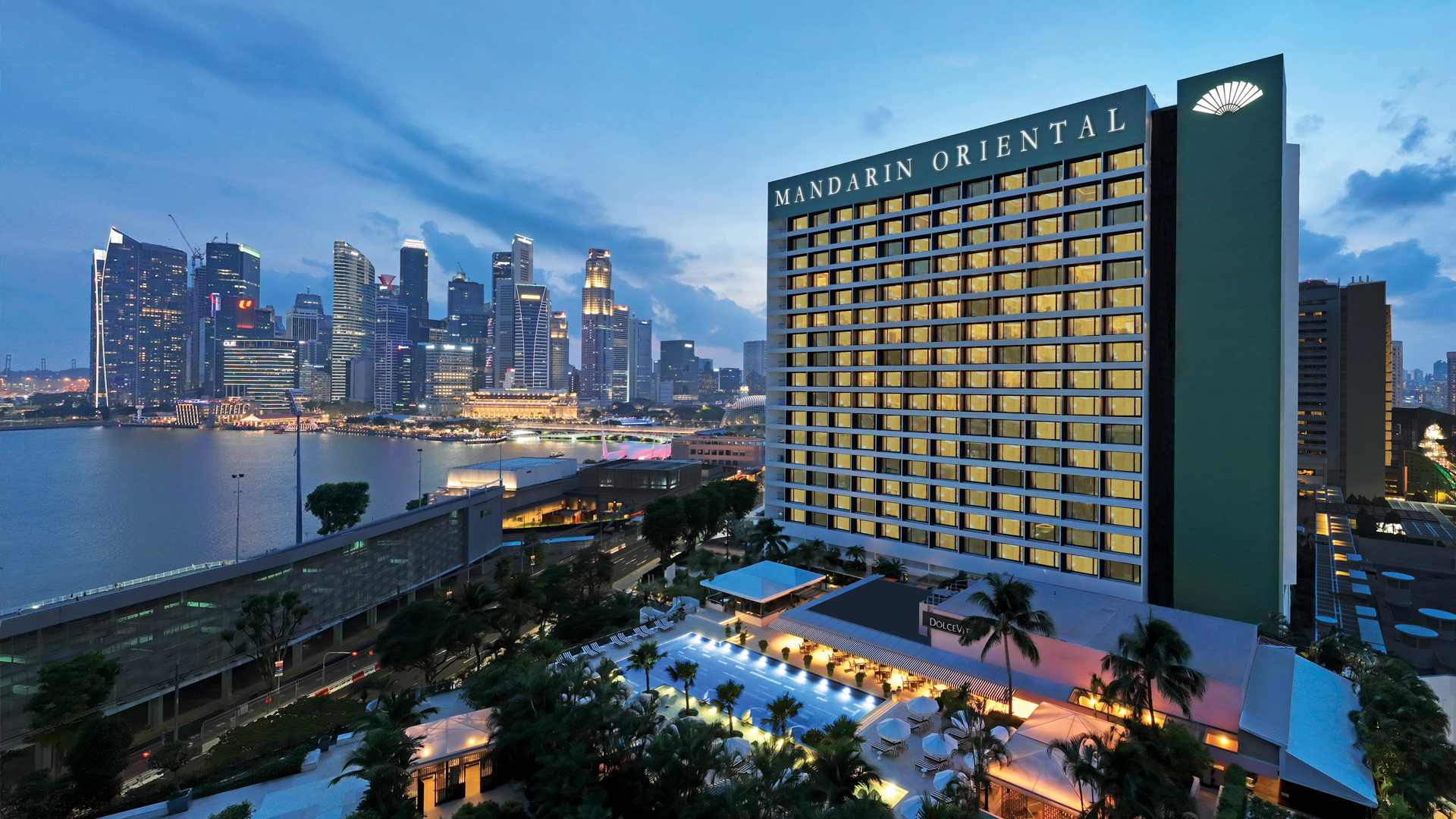
Mandarin Oriental, Singapore, overlooks the iconic Marina Bay.
The scale of ambition, the demographic trajectory and the depth of cultural heritage make India an extraordinary landscape for luxury hospitality. We are a one-brand company, yet we see huge potential for Mandarin Oriental in this market.

I think the potential for wildlife is vast, but unfortunately, it is not very well explored by international travellers.
I recently experienced Indian wildlife first-hand, and it was truly phenomenal.
Where did you go?
I was in Ranthambore.
Did you see any tigers?
I saw three tigers. I saw tigers catching a deer. So, I was lucky, it was a beautiful experience.
What are the challenges of the Indian market? One challenge, I think, is destination management. Internationally, destinations—even in South Asia—are often very well managed. We unfortunately lack that level of destination management here. How does a group like Mandarin Oriental navigate that? Ultimately, the luxury experience isn’t just about the hotel; it is also about the destination.
Well, I think there’s definitely a challenge. Honestly, the biggest one for us is finding the right projects. The challenge lies in identifying the right sites, the right locations, and the right owners who share our commitment to excellence and the ambition to deliver something that truly reflects the Mandarin Oriental experience. For us, this is a new market, and it’s a vast one, so we’re still in the learning phase. But yes, the key challenge remains careful curation and alignment of projects that meet our brand’s standards and long-term vision.
You have a marketing and sales collaboration with The Oberoi. Would you consider Oberoi as a potential partner when you bring the brand to India? What would your strategy be?
I think Oberoi is a hospitality group that we at Mandarin Oriental hold in the highest regard. Their approach to hospitality, the way they treat their colleagues, and their dedication to the guest experience resonate with our own values. Over the past few years, there’s been a strong alignment at the senior level, a mutual recognition that this is a company with whom we share a philosophy of service excellence and a commitment to craftsmanship in hospitality. That’s how the collaboration began.
It started during COVID, when international travel was limited. We wanted to establish a presence in India, to remain connected with our guests in a meaningful way. And I believe Oberoi was also looking to strengthen their recognition beyond India. Moving forward, we’ll have to see how the partnership evolves. But the spirit of the alliance, us supporting their global ambitions and them supporting our exploration of the Indian market remains a compelling and valuable relationship.
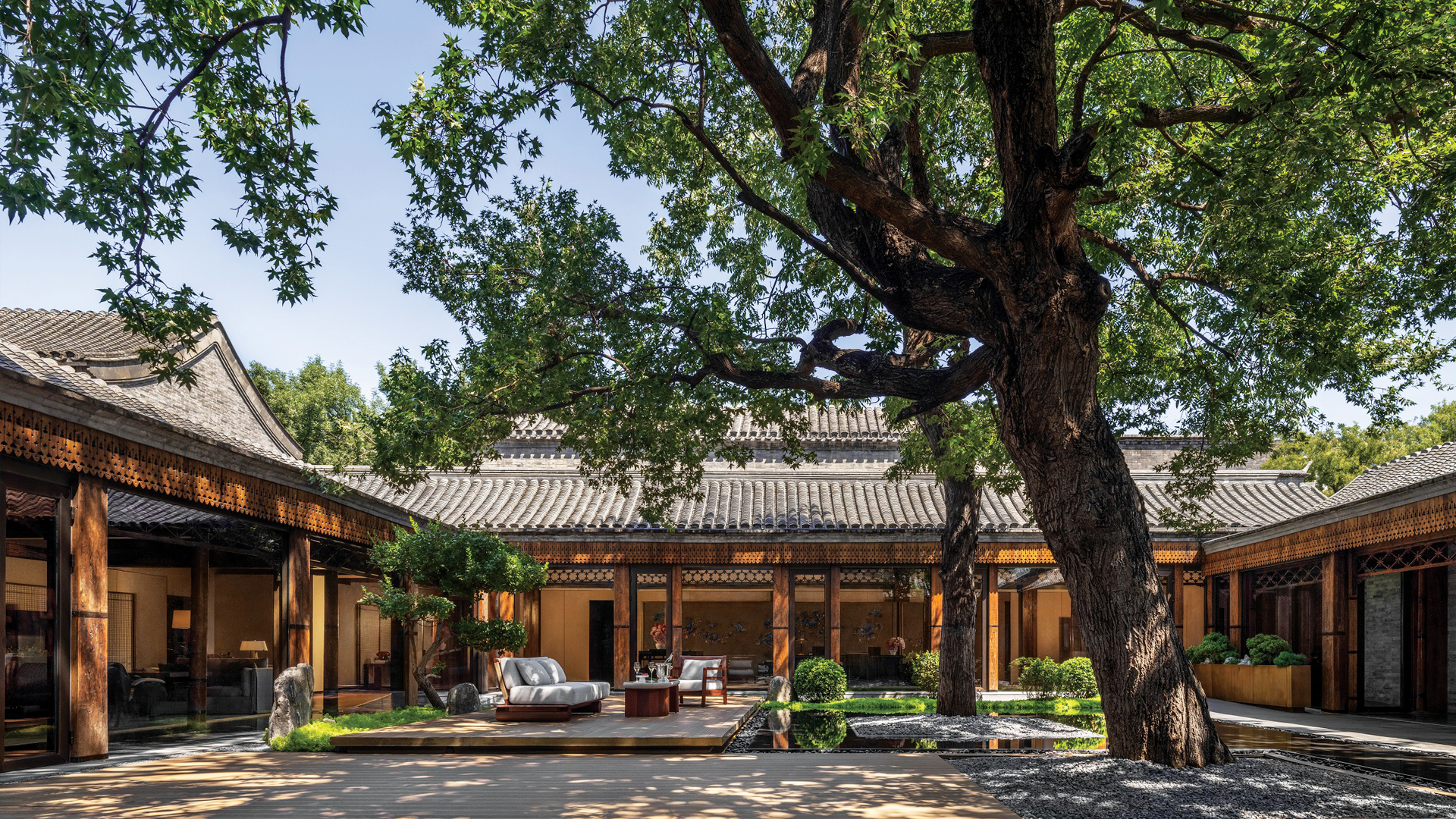
The Three Admirals Lounge at Mandarin Oriental, Costa Navarino, Greece.
India offers an incredible variety of experiences and people are eager to explore them. In the post-COVID world, travellers are becoming more adventurous again, and I like to think that India will be a big part of that global trend.
James Mabbutt
Vice President, Development Asia Pacific, Mandarin Oriental Hotel Group

In comparison to other South Asian countries, which perform better in tourism, what would you say are the strengths and weaknesses of the Indian market? We do struggle with inbound travel.
Yes, when you look at the inbound travel statistics for India compared to Thailand or Japan, the numbers are relatively low. There’s a real need to drive efforts to open this up, whether that’s through government marketing initiatives, simplifying visa policies, or improving infrastructure to make travel easier. These are key areas that could help elevate India as a destination.
That said, I truly believe it will come. India offers an incredible variety of experiences and people are eager to explore them. In the post-COVID world, travellers are becoming more adventurous again, and I like to think that India will be a big part of that global trend.
Do you see a possibility of global investors being interested in investing in India? By global investors, I mean beyond management companies or brands like yours—perhaps those looking to partner with local hospitality groups or invest independently.
I believe that if the fundamentals are right, international investors should be attracted to the market. We are starting to see it on a large scale, particularly on a group or multi-asset basis. Whether it will develop further, I’m not sure. But when you look at the Asia Pacific region, most hospitality investors at the Mandarin Oriental level are investing in their local markets.
Given the trade tariff wars that are going on and what's happening in stock markets across the world, how do you see that affecting travel sentiment? And how do you also see that affecting investment?
For me, my biggest concern is not a passion for travel and a demand for travel—I think that will continue. I'm worried about the cost of building, because materials for building properties are global, and they travel through global supply chains. So that’s what I’m most concerned about. But I think a passion for travel, for exploration, for experiences outside of your own country—that's here forever.
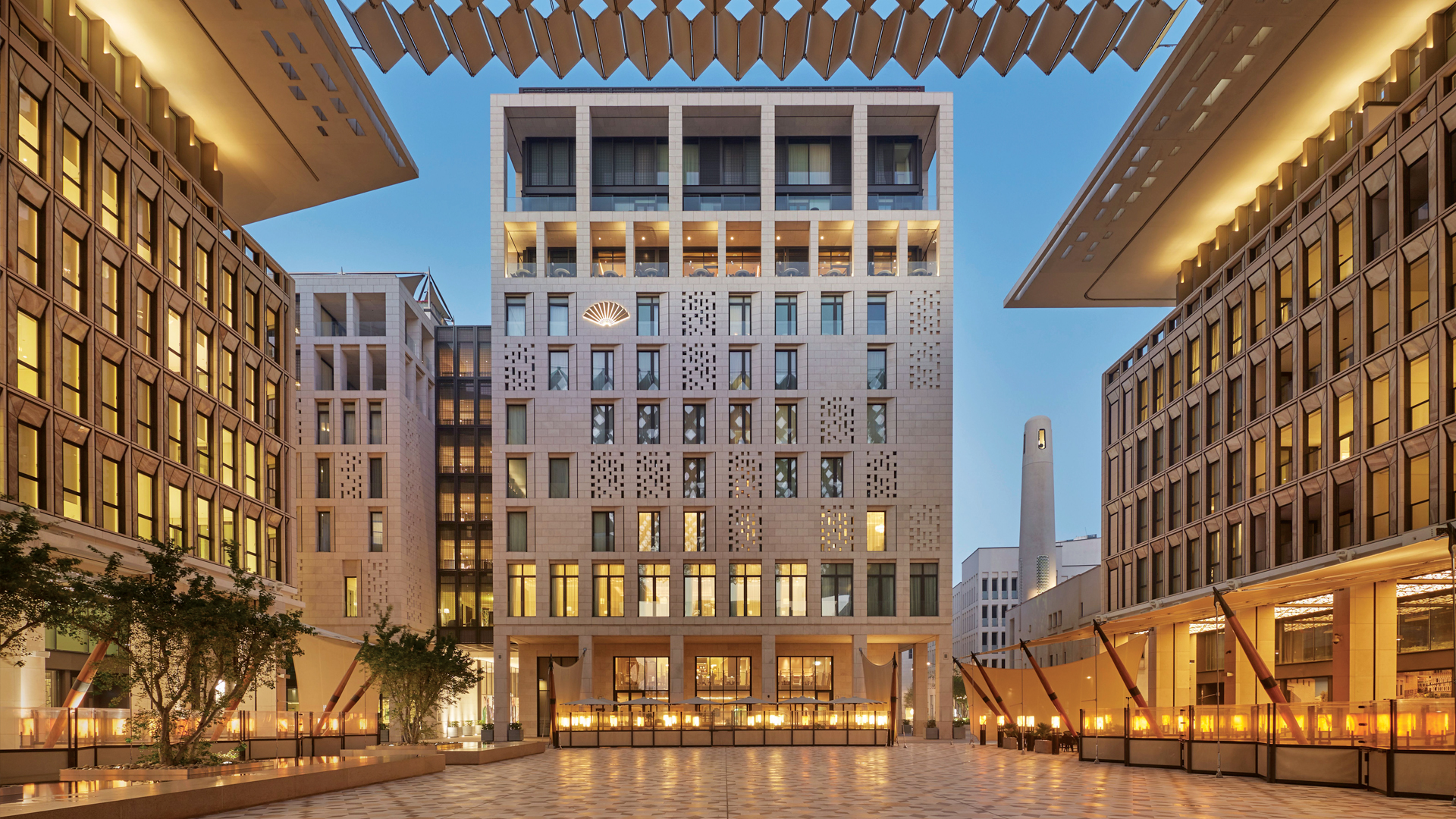
The stylish Mandarin Oriental, Doha, is an urban retreat located in the heart of the city's downtown.
Mandarin Oriental is synonymous with luxury. What is the evolving definition of luxury today? There was a time when it was all about grand lobbies and fine dining. While that remains important, is there now a shift towards more immersive experiences—even, perhaps, a boutique-like offering within a big brand?
I think you can almost see the shift reflected in our new mission statement: to craft time-enriching experiences, to transform the ordinary into the exceptional, and guests into fans. When you break that down, it’s really about experiences, ultimately. Luxury hospitality is already evolving in the direction of experiences, and I believe that will only deepen.
Today’s definition of luxury goes beyond opulence, it’s about meaning, intentionality and the ability to create moments that resonate long after a stay. That could mean immersive cultural engagement, highly personalised service, or a wellness journey tailored to the individual. That’s truly what we aspire to deliver at every touchpoint a guest has with our brand. It’s less about the scale of a space and more about the depth of the experience.
What would those experiences be?
Well, for us, an experience can be anything. It could be someone visiting one of our cake shops to pick up a beautifully crafted pastry, where even a brief interaction is made memorable. It might be a guest joining us for a special dinner, or a couple choosing one of our hotels to host their wedding. Then there are those staying with us, whether for business or leisure, or even choosing to buy a branded residence and make us part of their everyday lives.
What ties all of these moments together is the care and consideration we bring to each one. We see it as a continuum, from the everyday to the exceptional and we aim to make every experience feel thoughtful and personal.

















